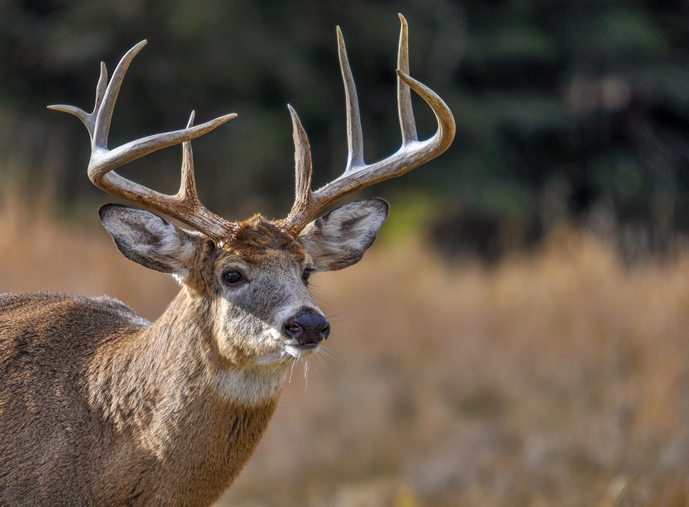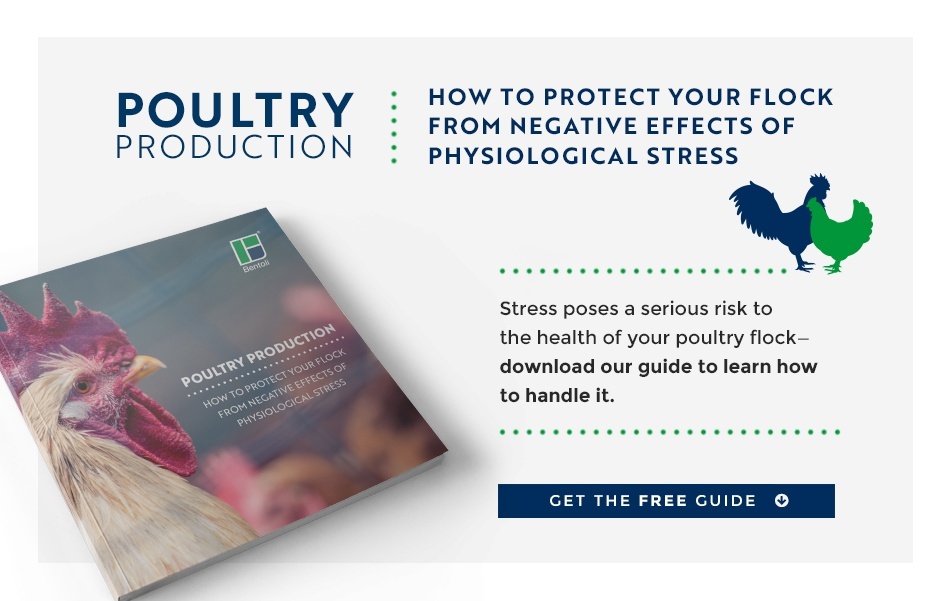
In previous articles we’ve discussed how commercial deer breeding has evolved into one of the most lucrative livestock businesses in the U.S., with the overall market value approaching $1 billion. As an extremely popular animal with hunting communities, many agricultural producers see deer as a livestock product that has all of the benefits and none of the costs associated with more traditional animals like poultry, cows, and horses. Thanks to deer protein feed, excellent supplies of vitamins, minerals, and other nutrients, deer can grow and thrive in a low-maintenance environment.
When deer are bred for hunting purposes, the chief concern is largely their aesthetic value. After all, hunters tend to want to enhance the health of their deer herds must embrace the importance and necessity of using deer protein feed to supplement their nutritional needs during the winter months.
Deer Protein Feed for Optimal Health
Most livestock operations are no doubt familiar with the numerous trials that come with keeping animals well-fed during the lean winter months. These months are especially hazardous for deer that rely on native, natural forage for the bulk of their food, because they are typically not socialized for regular interaction with humans. Thus, deer farmers and breeders are obligated to find ways to supplement the health of their herds without directly interacting.
In practice, many operations use remote deer feeders to distribute deer feed protein to their herds without disturbing their natural habitat. However, some operations also spread the feed by hand. Both methods are viable, although many prefer the remote feeders for the sake of automation, efficiency, and portion control.
The Importance of Deer Protein Feed
Bucks are especially sensitive to changes in nutrition. Unlike ruminant animals and horses, they rely on a consistent supply of nutritious food to support their growth and overall health. This subsequently affects the size of their antlers and their desirability as hunting trophies.
A study by the State of Texas noted several key advantages and upsides for using deer protein feed, including:
- Trophy class animals at earlier ages
- Lowered herd mortality
- Greater consistency in breeding and herd sizes
- Increased herd health
Furthermore, a healthier herd of trophy class animals will inevitably result in higher profits and greater returns for the producer, as well as more satisfying trophies for the hunters.
What Makes Deer Protein Feed Special
Compared to other protein supplements, deer protein feed is formulated to address the unique nutritional needs of deer, especially as it regards promoting antler growth.
Deer will not initially consume deer protein feed if they’ve never encountered it before. Because of this, many farms begin their deer protein feed program by providing an initial mixture of corn and feed. Once the animals are acclimated to the feed, the level of corn in the mixture is slowly lowered until the deer are consuming only protein feed.
Using the Correct Amount of Deer Protein Feed
There is such a thing as too much deer protein feed. Everything needs to be portioned out in measure. Too much of these feeds can cause a complete break down in the digestive tracts of deer, with the potential to cause disease and even death. This condition – called acidosis – develops as a result of deer eating excessive carbohydrates during the time of year when their digestive tract is not accustomed to processing a high level of carbohydrates.
The correct amount of deer protein feed to use depends on the exact makeup of the feed. It’s always best to follow the instructions of the feed manufacturer when using supplemental feeds for your herds.


